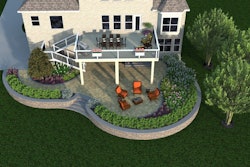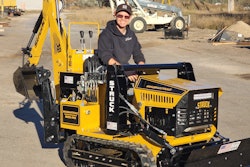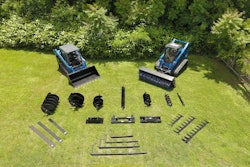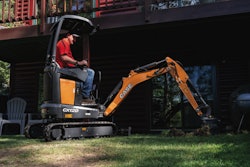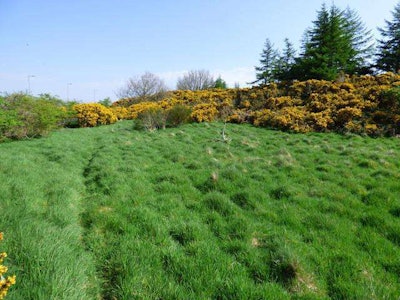 Photo: Natural Communities Native Plants
Photo: Natural Communities Native PlantsWhen it comes to adding grass to your customer’s lawn, the options are almost limitless, but one type that’s become increasingly popular is fescue (Festuca), also known as “the go-to grass.”
Whether it’s used across the entirety of the lawn, in containers or lining a walkway, fescue has been called one of the most beautiful grasses. While this cold-season grass does come with its own set of demands, it is a favorite for many designers in Mediterranean climates because of its warm green coloring.
Types
Fescue grass comes in two types: ornamental and turf.
Turf versions of fescue tend to spread by creeping rhizomes, and ornamental fescues are typically clumping grasses, which helps keep many of them neat in the landscape.
Fescues are well known for their clump formations because this means they won’t choke or push more delicate plants around them. Tall fescue (F. arundinacea) is good at fighting off soil erosion.
Tall fescue is often used in athletic fields and other commercial sites where heavy foot traffic is common. It also tolerates shade better than most cool-season grasses. Creeping red fescue is another turf variety that is very shade tolerant and is low maintenance. Hard fescue is indeed one of the hardiest varieties of the grass, thriving in higher elevations.
When to plant
Fescue will germinate best when the soil temperatures are between 50 and 65 degrees Fahrenheit. Soil temperatures usually reach this range when daytime temperatures are between 60 and 75 degrees. When planted properly, fescue will begin to germinate within 10 to 14 days.
It’s also possible to plant fescue in the spring and summer, but if planted in the summer, irrigation will be a key factor in its survival.
Keeping it alive
Because fescue is a cool-season grass, it will grow during cool weather and go dormant in the heat. If not watered properly, they will also go into their dormant phase. In cooler temperatures, they have better foliage quality, but don’t let that stop you from using it in a customer’s yard even if they are in a warmer climate.
During the warmer months, fescues will need their blades to insulate them, so shear the plants in the late winter. For customers who opt-in for the no-mow type of fescues, plan on thatching it every 18 months to two years.



